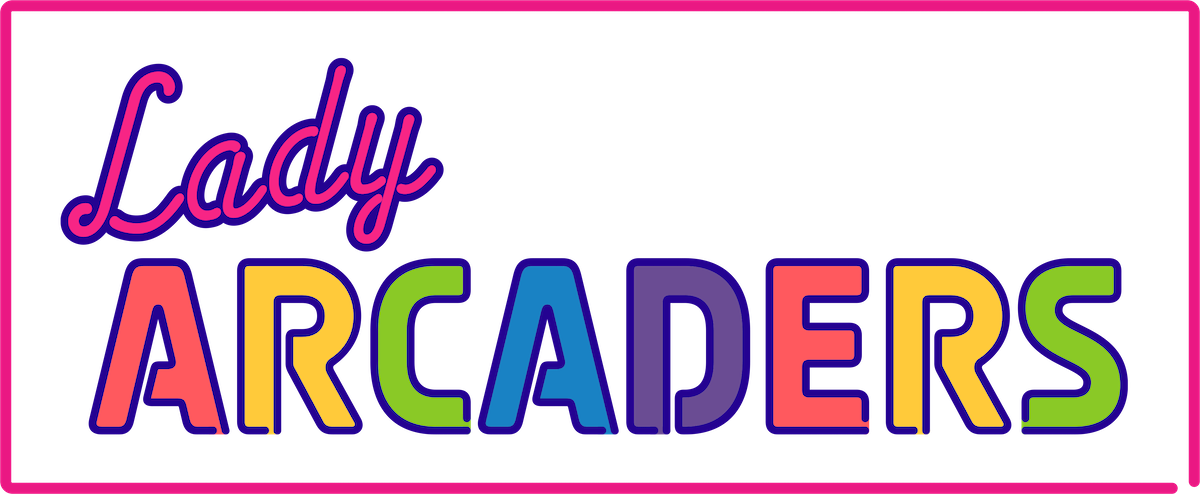Stages of Game Development
Written by MasterMeowzer
Published on November 9th, 2024

Game development is a multi-stepped process engaging a variety of skills and inputs to create worlds that we, as players, enjoy stepping into and experiencing. The process itself is guided by a kind of development pipeline that takes developers from step to step and ensures the completion of necessary functions. There are seven main steps to the process: Planning, Pre-Production, Production, Testing, Pre-Launch, Launch, and Post-Production.
Planning
Before beginning coding, it is important to create an outline that governs the rest of the process. Questions like “what is the game about?” and “what is the intended audience?” can help kickstart your brainstorming and guide the game’s creation process. Think about what kinds of platforms you would like it to be published onto, if there are any technical requirements to consider from those platforms, and how long it will take to develop. Write everything down, and your outline will begin to take shape! This is also a good time to consider if you would like to bring anyone else onto your team.
Pre-Production
Pre-production is where the foundations of the game take shape. This is where concept art is created, the beginning of coding starts, development tools are chosen, and the ever-important Game Design Document (also known as a GDD) is written. The GDD functions as a reference manual for the rest of the development process. It ensures that, as time passes and as features and functions are added in, everything adheres to your theme and visual language. Every core value and element should be established clearly within, including your genre, characters, core mechanics, and general gameplay style. This is where world design and key level building elements take shape, as well as where any art and sketches are documented. As a kind of final step in pre-production, a prototype of your chosen core-mechanics should take place to ensure that they are functional and will not collapse as the game is built around them.
Production
This is the largest stage of the development process and takes the most time. The core elements from pre-production are built upon and refined, including the story, characters, and environment. Prototyping and testing continues alongside refining those features, as well, to ensure that each new feature works before adding onto it and integrating it into the layers of elements making up your game. After the core mechanics are verified as being functional, visual effects and elements like lighting, atmosphere, water, and weather are incorporated. Audio design is integrated, as well. This forms into the “first playable” section of the game, where visual and audio elements can be play-tested. After the first playable section, refinement proceeds until your core elements are finalized and the game content completed.
Testing
After your game is optimized and ready to go, it will go into a final testing stage. This is where final debugging happens to resolve any unexpected coding and compatibility issues. Frame rate, load times, and responsiveness are tested and optimized, which may involve some code adjustment and changing the graphics settings. This streamlining is essential for ensuring an enjoyable player experience.
Pre-Launch
Before releasing your shiny new game, set up some support systems for your players! Whether you choose a webpage, a community forum, or FAQs, creating a place for your players to go when they have questions or want to report issues is essential for player enjoyment, retention, and for insights into future improvements.
Launch
Congratulations! You have released your new game. Remember to monitor for any launch issues or unexpected glitches. Adress them quickly and analyze the user feedback for updates or patches.
Post-Production
After your game launches, your work is not quite finished. Work on releasing any needed updates or fixes, and note down everything you have learned for future endeavours! If you wish to work on DLC or a sequel, remember to analyze what went well, and what was not quite to plan with your development process. That will assist in streamlining your experiences and processes.
--
Save all of the work you created, whether that is code, art, or concepts. These can always be referenced back to with any ongoing or yet-to-be-started work. Strong foundations are essential for game development, and a lot of work goes into ensuring a good experience, but make sure to have fun with the process, as well!
